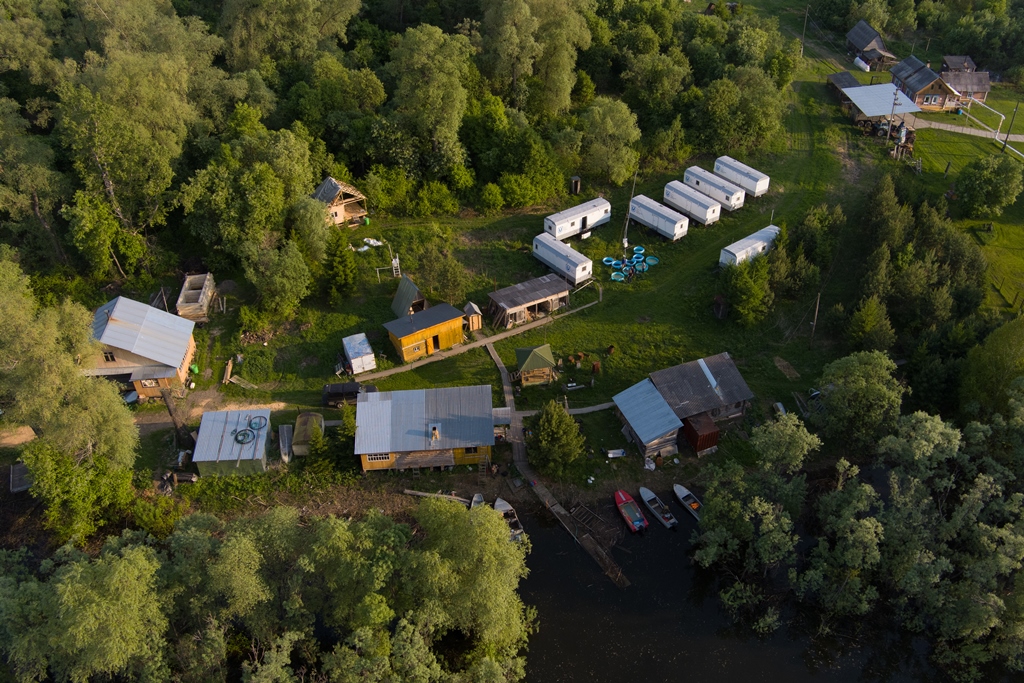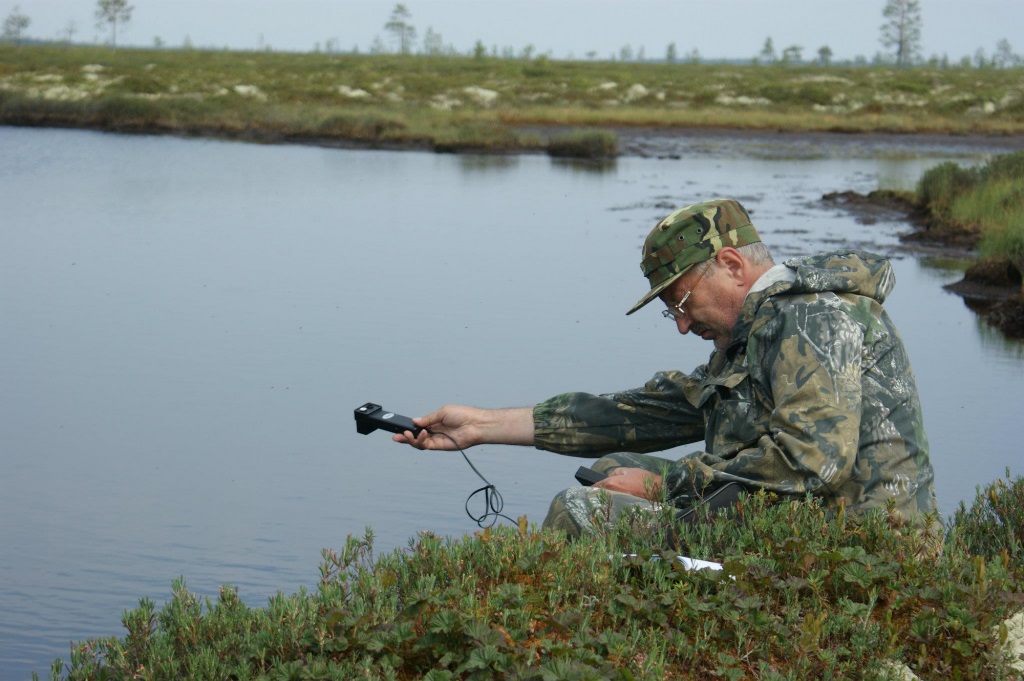Greenhouse gases significantly affect climate by warming our planet. Some sources that produce a significant amount of carbon dioxide and methane are poorly studied so far. TSU biologists will study wetlands in Siberia and the Arctic zone of the Russian Federation. The project is supported by the Russian Science Foundation.
“Some wetlands are so covered by water that the water surface is comparable to or significantly exceeds the peat surface,” said Sergey Vorobyev, the project leader and director of the Megaprofile Common Use Center. “Wetlands in Russia are poorly studied and one of the main reasons is that most of them are located in inaccessible places or in places that are difficult to access.”

TSU scientists will reach the wetlands by airboats. The project will span three years and will survey several hundred large and small wetlands of Western Siberia, Khanty-Mansi Autonomous Okrug, and Yamalo-Nenets Autonomous Okrug. The scientists will pay special attention to the Vasyugan Swamp, where one of TSU's research bases is located.
Cameras will be installed to automatically measure carbon dioxide and methane emissions for a certain time interval and transfer the data to a server in Tomsk. In addition, the concentration of dissolved carbon in the water will be studied.
“We use various analytical methods, including geochemical analysis of water and metagenomic analysis of species diversity of aquatic ecosystems such as microorganisms phytoplanktons, zooplanktons, and zoobenthos,” Sergey Vorobyov explained. “Our goal is to compare the carbon emission intensity from the surface of small and large wetlands. We assume that small wetlands are more productive than large ones because they warm up faster and more intensely, and their biogeochemical reactions are significantly faster.”

The researchers intend to identify carbon-producing sources along with assessing the intensity of emission fluxes. The results will provide an objective assessment contribution of the Siberian and Arctic wetlands to greenhouse gas emissions. These areas influence the Earth's climate. Understanding the amount of greenhouse gas emissions will enable more accurate prediction of further transformation of the climate and environment and find ways for humanity to adapt to these changes.